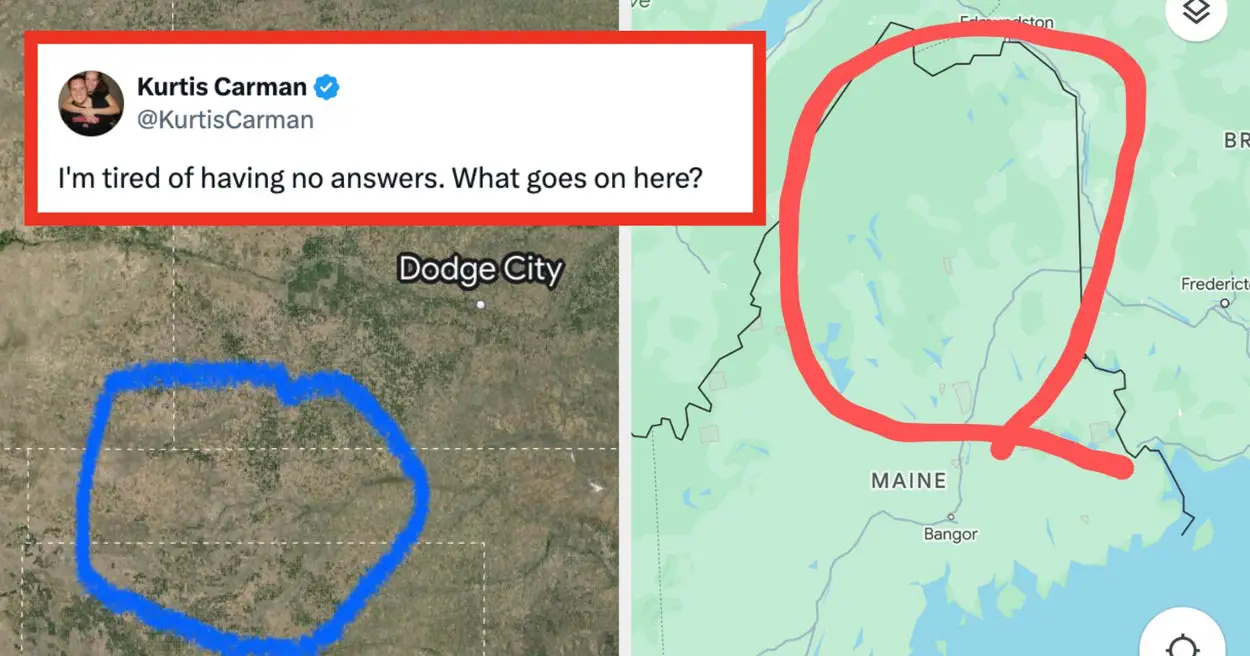The secrets to great team collaboration really aren’t all that mysterious. Read on to find out why.
You know those stock images of people working together? The ones where everyone is smiling, listening attentively, and all but holding hands and singing campfire songs about how great their project is going?This is not how project teams work in the real world.
No matter how much we respect each person’s contributions or how well we get along after work, collaborative efforts rarely run smoothly. And a lot of that can be chalked up to one thing: communication.
There are various kinds of communication problems: miscommunication (your ideas don’t come through clearly), misunderstanding (your colleague doesn’t get what you’re telling him or her), and a lack of communication.
A spot of technology and some basic best practices can help you avoid all of these problems.
Say What You Mean (And Make Sure People Understand)
Before we tackle technology, we’ll start with good old-fashioned talking.
As the team leader, you absolutely must be a good communicator. This starts with making sure everyone is clear on what the project is all about: goals, milestones, roles, and expectations. Meetings — whether in person or virtual — are essential. Each person should feel free to ask questions, but keep it structured enough to avoid confusion.
Let’s stop for a moment and give a thought to project roles. It’s easy enough to say, “Paul, you handle financing; Sara, you oversee support,” and so on. But this isn’t enough. You also need to let Paul and Sara know exactly what you’re expecting from them, when you’re expecting it, and whom they can count on for advice or assistance. You may even need to detail how their roles will impact the overall project.It’s best not to trust this information to memory.
Anyone who has ever gone on a family vacation knows that people often have totally different memories of the same thing. So after roles, milestones, and goals have been mapped out, follow up with some type of documentation that your team can refer to as needed.With this dual-communication approach — verbal and written — you’re minimizing the chances of being misunderstood.
Once the action is underway, you’re not off the hook. Encourage your team to be open and honest about what’s working and especially what’s not working. Lots of high quality communication is what makes collaboration easier.
Using Technology for Easier Collaboration










Leave a Reply